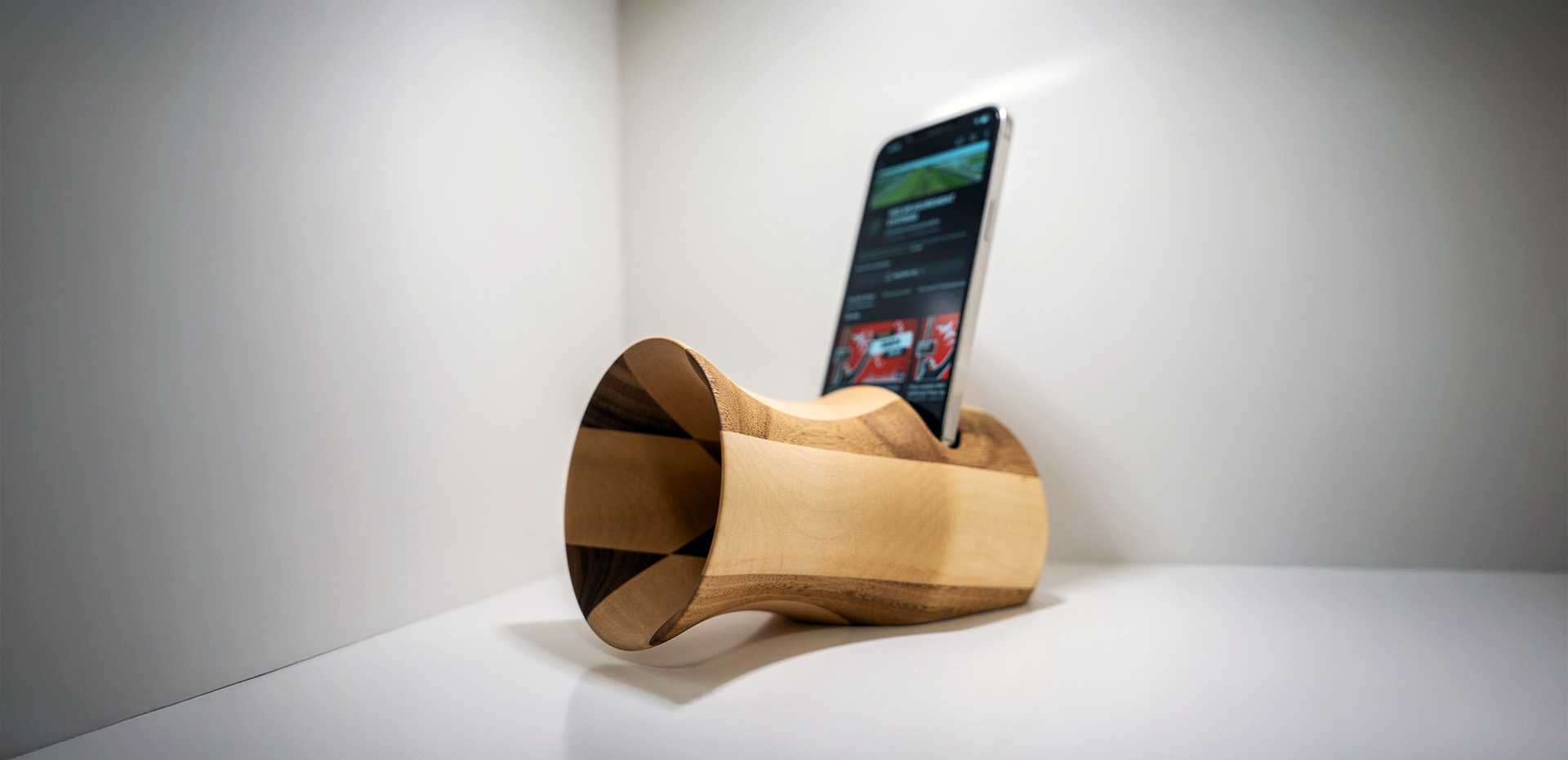Last week, part of the IMS team traveled to Primorska to visit the InnoRenew CoE research institute in Izola. There, we had the opportunity to take part in a study on the annoyance of different types of impact noise in various built environments. The study is conducted as part of the “Development of Wood Composites with Enhanced Protection Against Impact Noise for Improved Living Quality” (J4-3087) project, led by InnoRenew CoE. The goal of the research is to better understand how different types of noise affect individuals and how to improve acoustic comfort in wooden buildings.
Exploring the Largest Wooden Building in Slovenia
In addition to participating in the research, we were given a tour of the entire building, which is the largest wooden building in Slovenia. The hybrid structure combines wood, concrete, and steel, with the top three floors made entirely of wood. The building is designed according to the principles of Restorative Environmental and Ergonomic Design (REED), meaning it utilizes natural materials to create a healthy and comfortable work environment. Its architectural excellence and sustainable design are truly inspiring, as they integrate innovative approaches to construction and user well-being.
Visiting the Acoustic Laboratory
One of the highlights of the visit was our tour of the acoustic laboratory, where we learned about advanced research methods for studying sound in different built environments. The laboratory is equipped with a 64-channel ambisonics system, enabling recording and reproduction of acoustic environments in controlled laboratory conditions. This allows for an in-depth analysis of human perception of sound, ranging from office noise to the highly demanding acoustic requirements of concert halls.
Additionally, the laboratory features state-of-the-art equipment for architectural and building acoustics measurements, vibration analysis, and noise management. Acoustic cameras help identify noise sources and transmission paths, while advanced software enables room acoustics predictions using finite element methods and geometric modeling.
We are grateful to the InnoRenew CoE team for their time, hospitality, and insight into their research, as well as for the opportunity to experience the institute’s work in this innovatively designed building and acoustic laboratory!


